Search results for: 'signaling pathways apoptosis c ret'
-
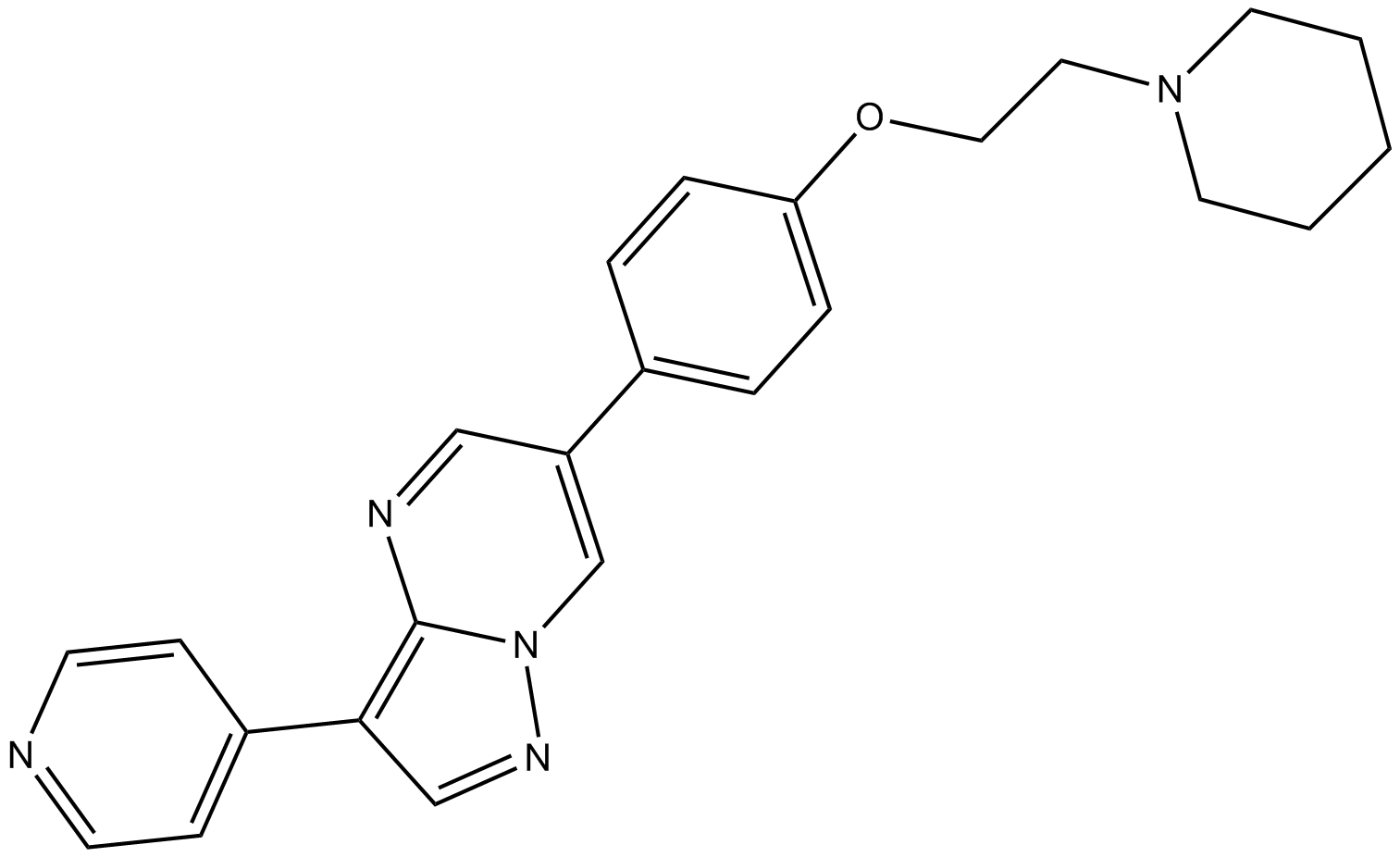 B3252 Dorsomorphin (Compound C)36 CitationTarget: AMPKSummary: AMPK inhibitor
B3252 Dorsomorphin (Compound C)36 CitationTarget: AMPKSummary: AMPK inhibitor -
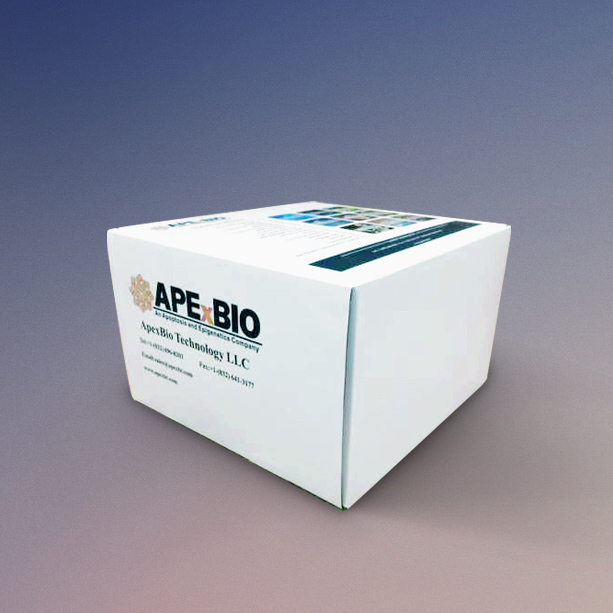 K2104 Cytochrome c Apoptosis Assay Kit
K2104 Cytochrome c Apoptosis Assay Kit -
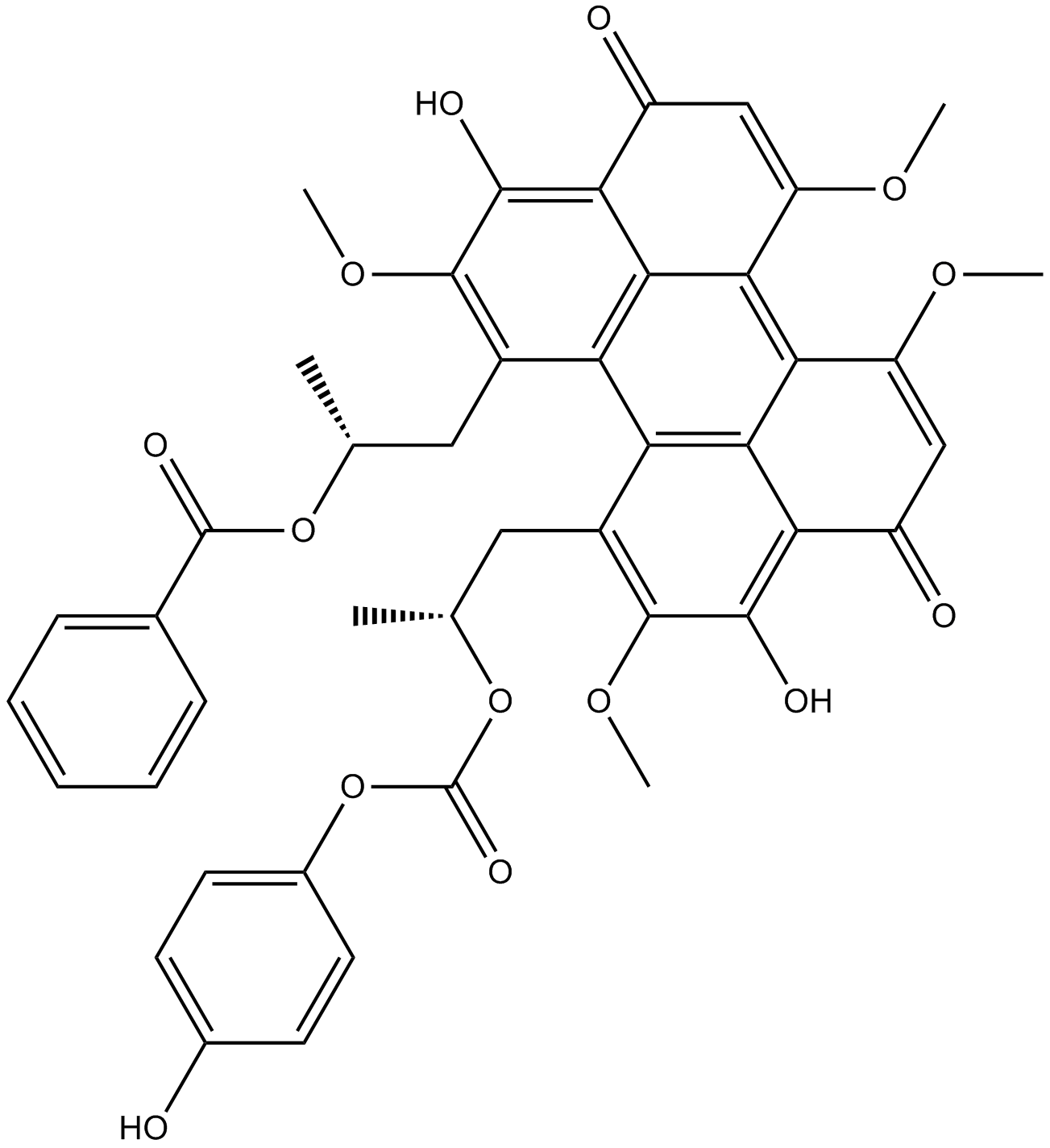 B6807 Calphostin CSummary: protein kinase C inhibitor
B6807 Calphostin CSummary: protein kinase C inhibitor -
 B2064 Vitamin CSummary: water soluble vitamin
B2064 Vitamin CSummary: water soluble vitamin -
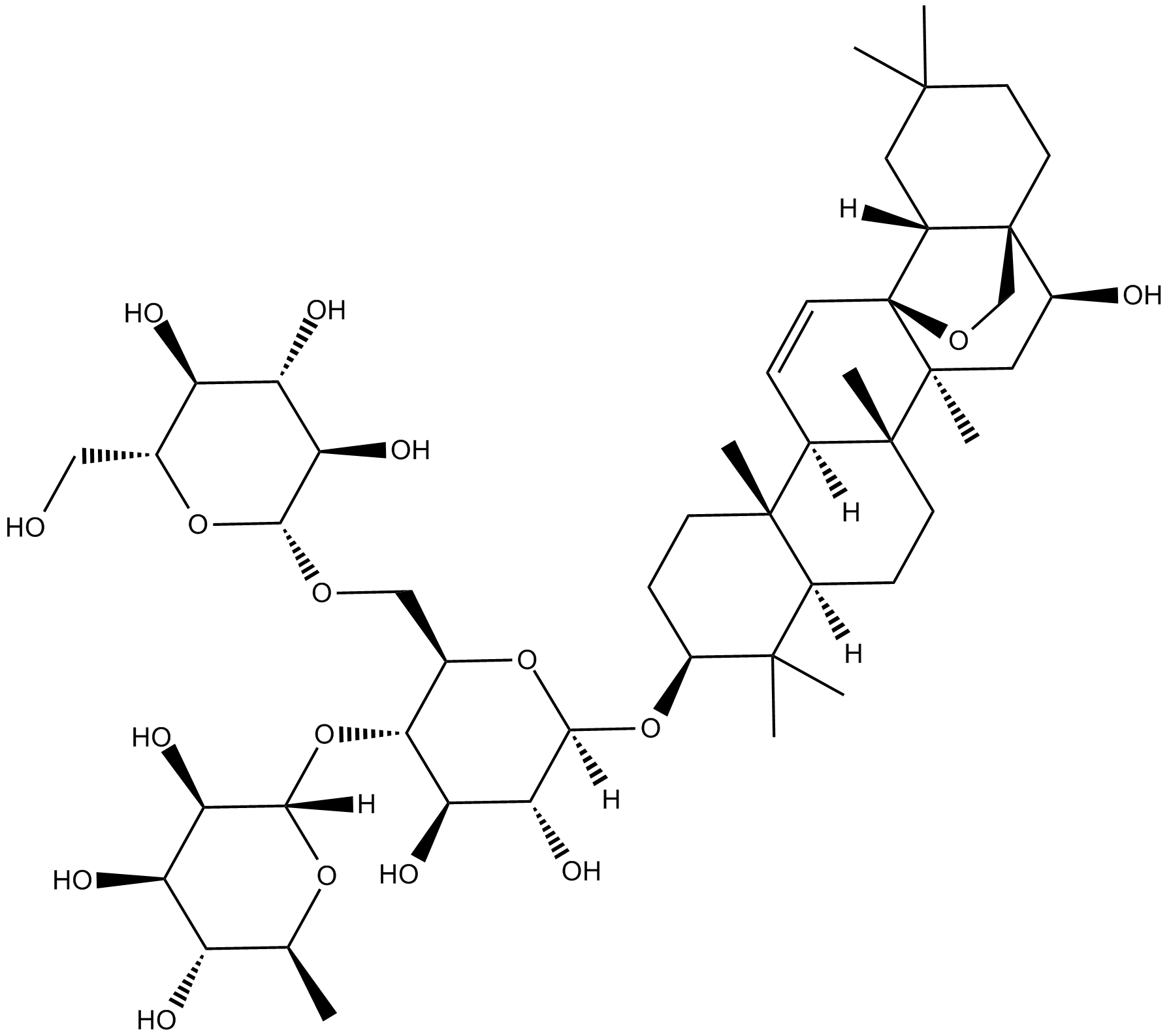 N1886 Saikosaponin CSummary: Reported to induce cell growth and migration
N1886 Saikosaponin CSummary: Reported to induce cell growth and migration -
 N1908 Ginkgolide C
N1908 Ginkgolide C -
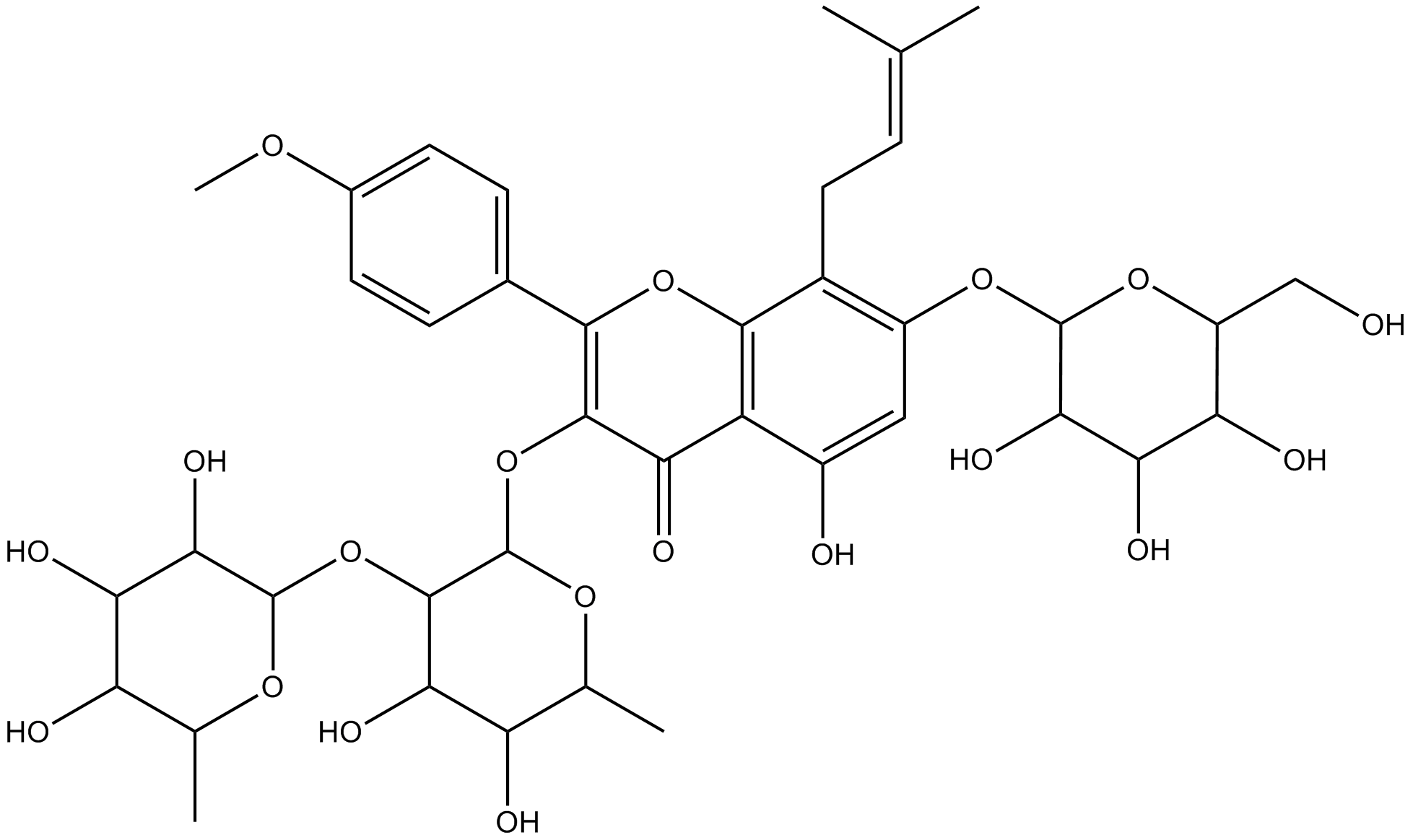 N1912 Epimedin C
N1912 Epimedin C -
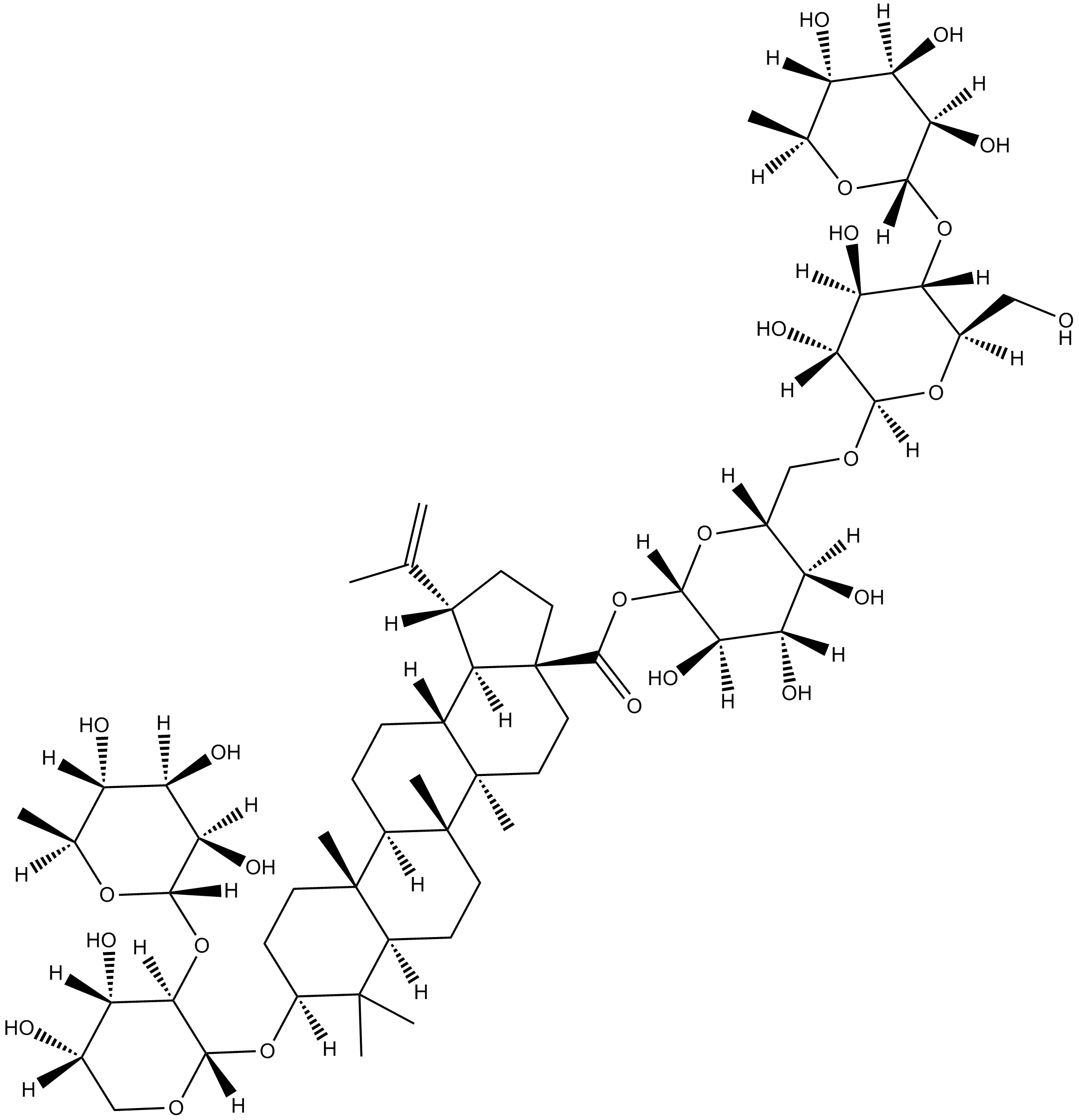 N2014 Cussosaponin C
N2014 Cussosaponin C -
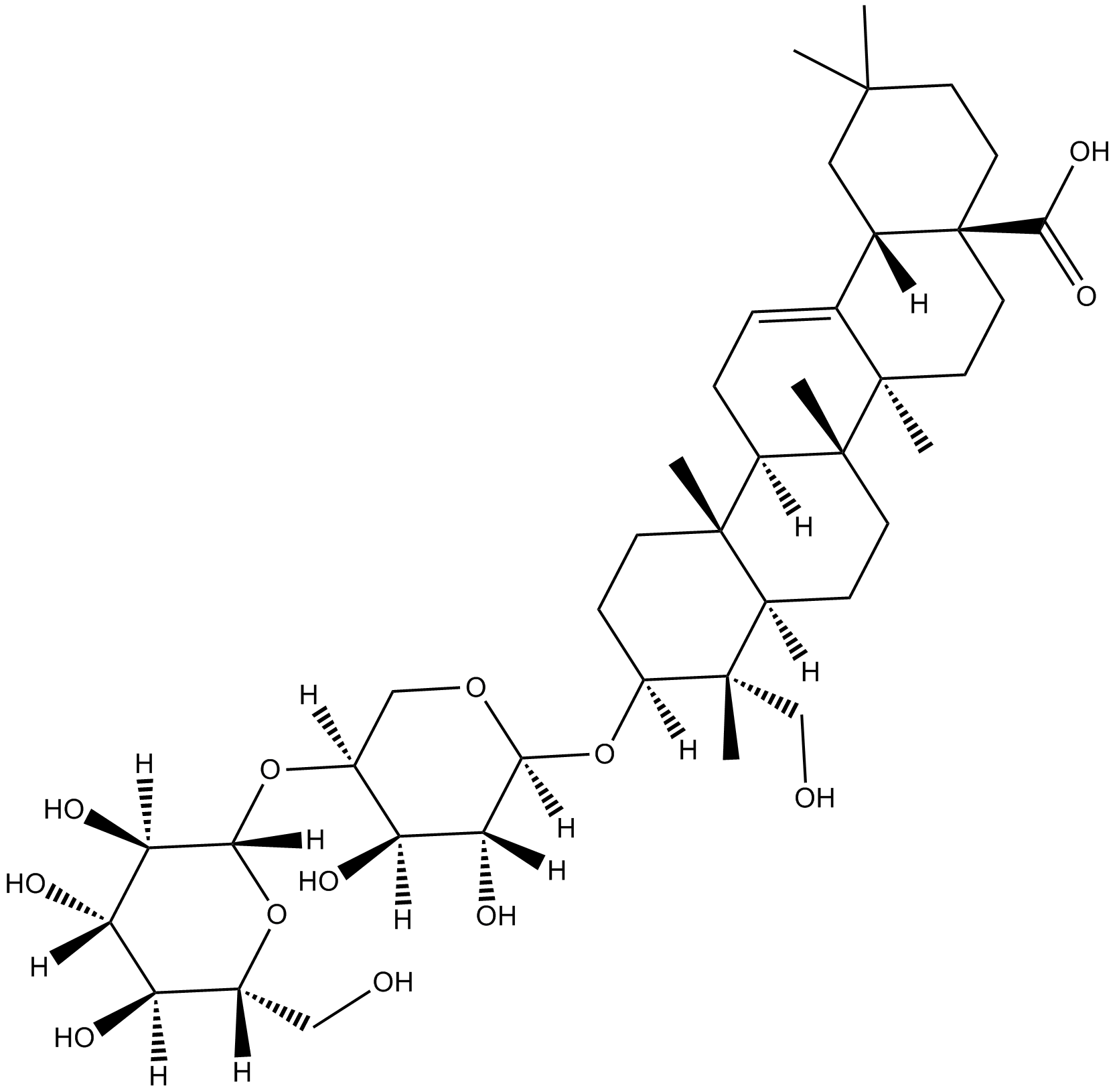 N2049 Scabioside C
N2049 Scabioside C -
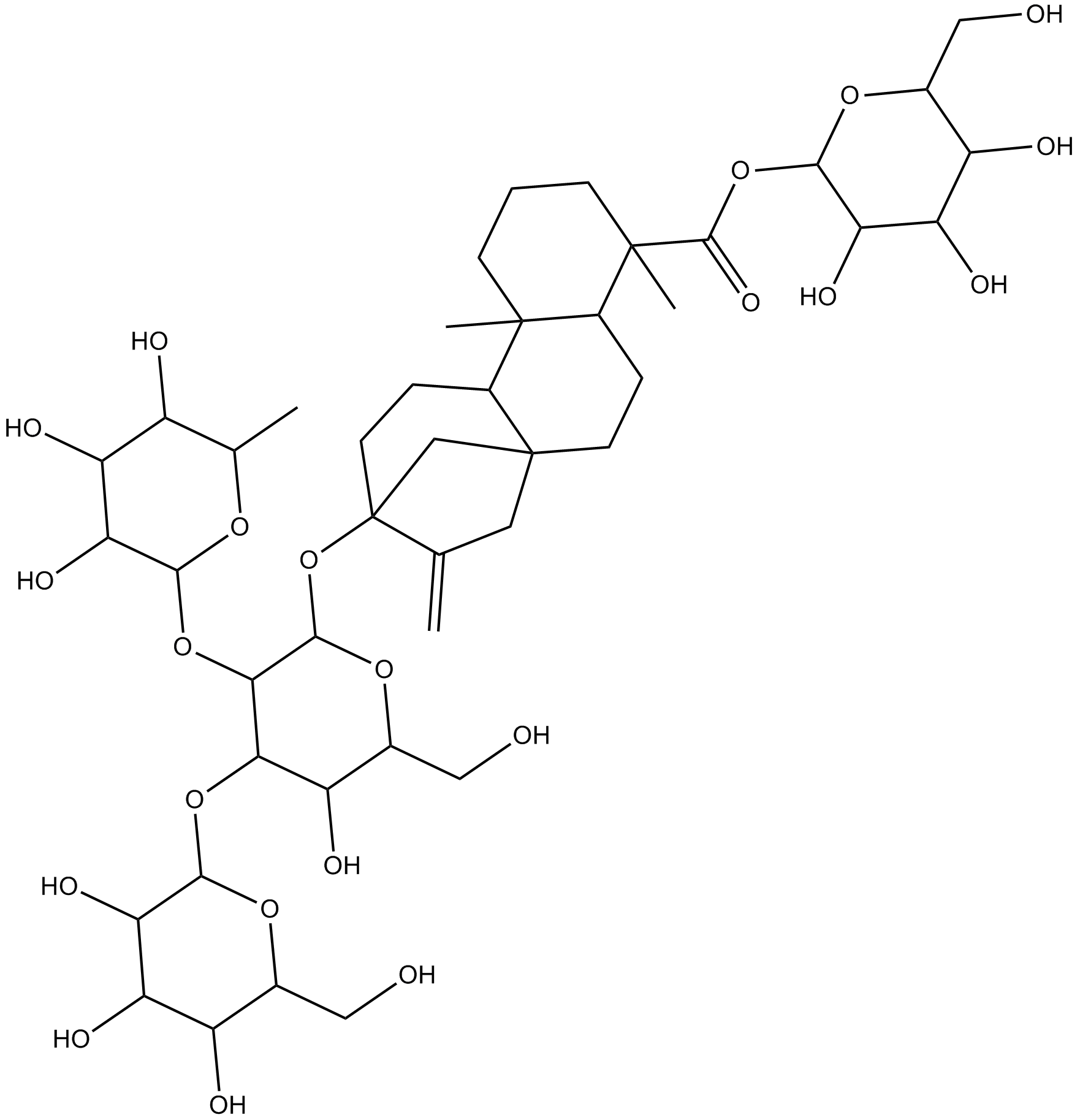 N2774 Rebaudioside C
N2774 Rebaudioside C


